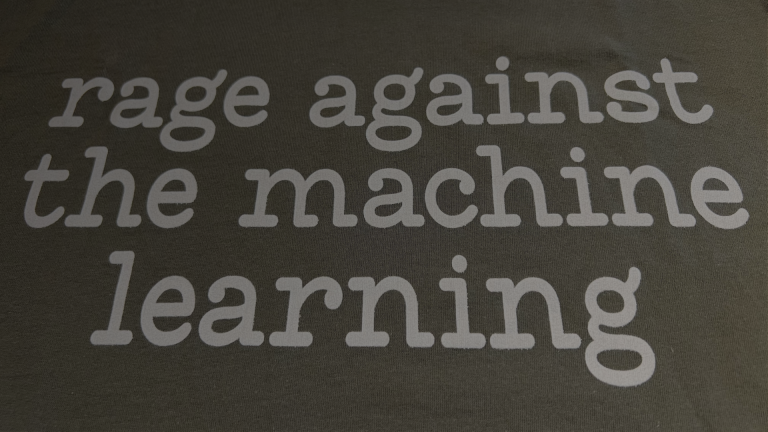Making AI-Powered Document Search Better
Artificial intelligence is transforming how we search for information. Traditional search engines are evolving into intelligent systems capable of understanding natural language queries, retrieving highly relevant information, and reasoning over complex datasets. Modern AI-powered search doesn’t just match keywords; it actively understands meaning and context, enabling far more precise and useful results.
While these systems are already powerful, many implementations still fall short of their potential. In this article, we’ll explore practical strategies to make AI-powered document search more accurate, reliable, and valuable, without losing sight of scalability and user experience.
1. Go Beyond Whole-Document Search
A common limitation in many AI search systems is treating an entire document as a single search unit. While simpler to build, this approach often misses context and returns less precise answers.
Better approach: Break documents into meaningful “chunks” before indexing. For example:
- Use paragraphs or sections instead of full documents
- Group related content logically
This allows the search engine to retrieve the most relevant chunks rather than an entire document, giving the AI richer and more accurate context for generating answers.
Business impact: Higher retrieval accuracy means more relevant answers and greater trust in your system.
2. Break Complex Questions Into Smaller Parts
When users ask detailed or multi-faceted questions, treating them as a single query can lead to incomplete answers. Instead, the system can break questions down into smaller sub-queries and address each individually.
For example, a query such as, “What compliance requirements apply to cloud-hosted medical records?” could be broken down into:
- What are general compliance requirements for medical records?
- What rules apply specifically to cloud hosting?
- How do those rules interact?
This decomposition allows the system to retrieve more targeted information and then intelligently combine it into a clear answer.
Business impact: Produces more precise and reliable answers, saving users time and reducing follow-up questions.
3. Reference Original Sources
One challenge with AI-generated answers is ensuring they remain accurate and verifiable. This can be addressed by keeping references outside of the AI’s generation process, such as:
- Linking retrieved content back to its original document
- Maintaining an index of authoritative references
- Cross-checking answers against trusted knowledge sources
Business impact: Improves reliability and compliance, especially important in regulated industries such as healthcare, finance, and legal services.
4. Include Multiple Types of Context
Many business knowledge systems hold more than just text; they contain PDFs, diagrams, spreadsheets, and images. Standard search systems often ignore these formats or treat them as plain text.
Better approach: Include multi-format context so the AI can understand and integrate diverse content:
- Extract and index text from images and diagrams
- Use metadata such as document type, date, author, and source reliability score
Business impact: Richer search results and deeper insights that increase the value of your knowledge system.
5. Manage Context Size Intelligently
AI models work best within certain limits of context length. Sending too much information can dilute answers, while too little can leave gaps.
Better approach: Use intelligent filtering and summarization:
- Prioritize highly relevant chunks
- Summarize lower-priority content to conserve space
- Avoid sending noise to the AI model
Business impact: Improves accuracy while reducing compute costs and speeding up results.
6. Learn and Adapt Over Time
The best AI-powered search systems aren’t static. They evolve based on real-world usage through feedback loops that:
- Capture user corrections and preferences
- Refresh indexed content
- Re-rank results based on actual query performance
Business impact: A continuously improving search experience builds adoption and maximizes long-term value.
7. Optimize for Performance and Cost
Thoughtful system design ensures both speed and efficiency. Examples include:
- Combining semantic search with keyword matching for speed and accuracy
- Caching frequent queries
- Choosing domain-optimized embedding models
Business impact: Delivers faster, more precise results while controlling infrastructure costs.
Conclusion
AI-powered document search is no longer about keyword matching; it’s about delivering deep, contextual, accurate answers. But not all systems are created equal. By embedding content in meaningful chunks, decomposing queries, referencing original sources, integrating diverse formats, managing context intelligently, and continuously learning, organizations can transform search into a strategic advantage.
These improvements translate directly into better decision-making, faster insights, and stronger trust in AI-driven knowledge systems, turning search into a powerful business asset.







